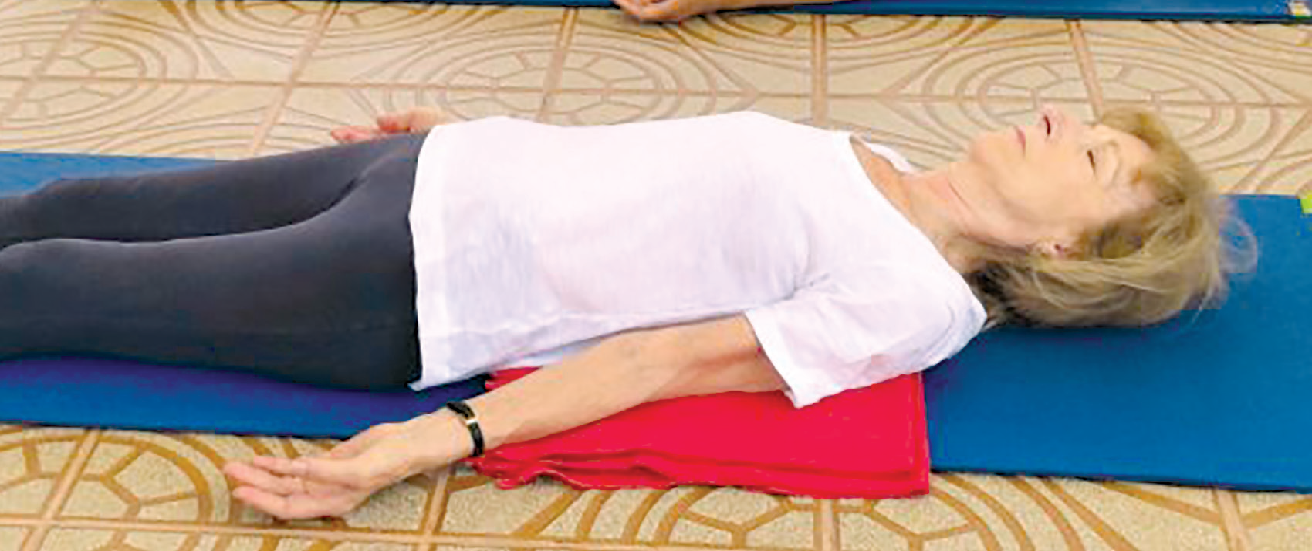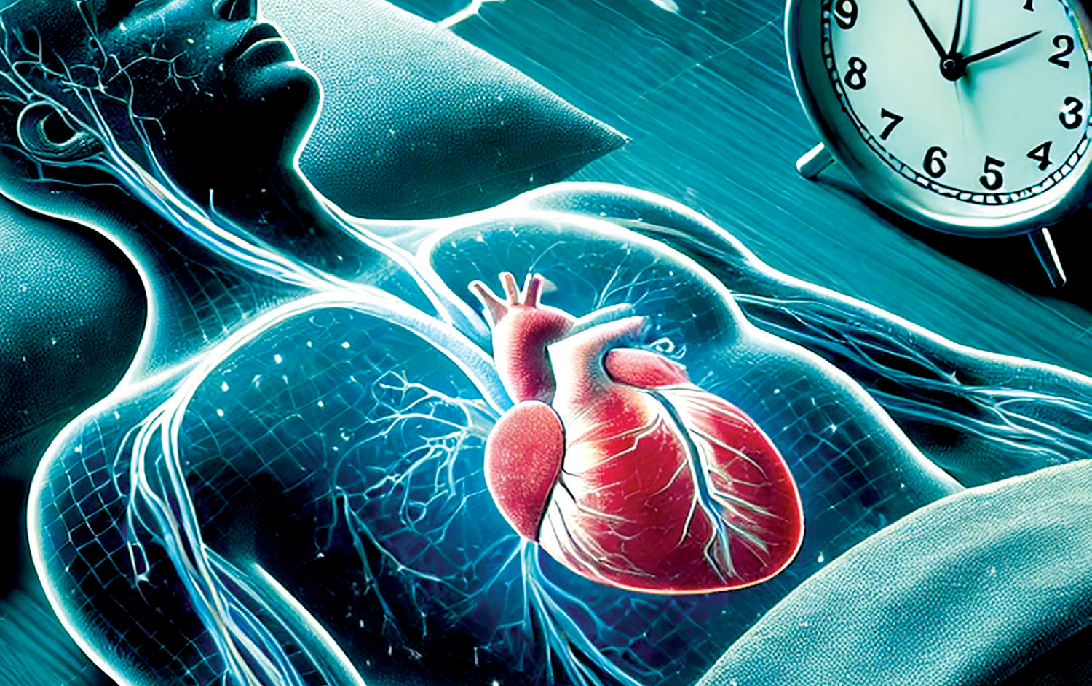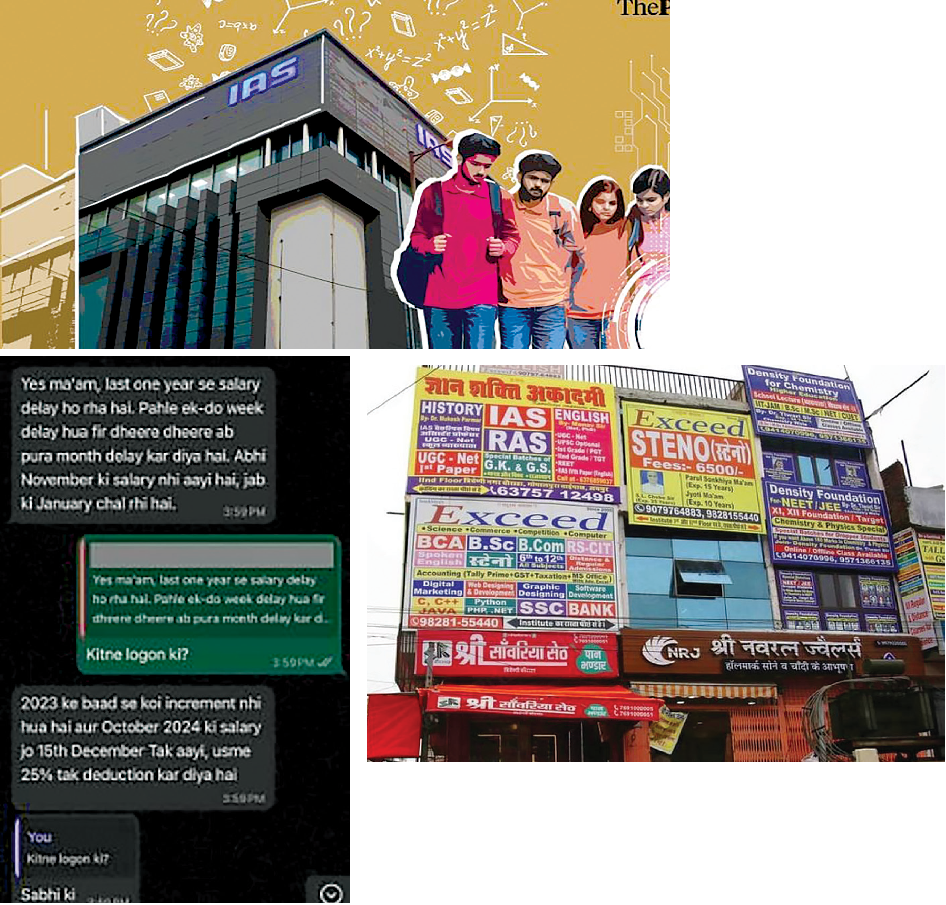
Yoga- Therapy or way of life ?
NT Correspondent
Bengaluru: Yoga is a way of life. The way breathing is essential for survival, so is yoga for a healthy and mindful living.
According to the yoga sutras by Maharishi Patanjali, Yoga is the art of attaining nirvana/moksha through pranayama and asana. Yoga Sutras is best known for its reference to ashtanga, eight elements of practice culminating in samadhi.
Yoga Chitta Vritti Nirodh, means attaining control over our wandering minds through asanas (postures) and pranayama (breathing). The idea of yogic science is quite philosophical and spiritual in nature. It is an inner engineering to reach self-realisation (nirvana).
The goal of yoga is to unite the body, mind, and spirit, leading to selfactualisation and mindfulness. Commercialisation and the emphasis on physical fitness have sometimes overshadowed the spiritual and metaphysical aspects of yoga.
Many people confuse yoga and other forms of exercises. Being a Physiotherapist myself, people ask ‘why I promote yoga’?. I love this debate as it creates awareness amongst people. Physiotherapy is an evidence based modern science which is more therapeutic in nature.
Whereas yoga is a spiritual Vedic science which is a norm for a disease-free life. In some instances, yoga has been reduced to a mere workout or a trendy activity, detached from its deeper roots. Current world has made yoga a commercial commodity by diluting its actual b e a u t y a n d selling it as a work - out regime.
Humans evolved to move and think better. Yoga is the journey to achieve the same. It is the path to achieve self-realization, the ultimate peak of Abraham Maslow’s hierarchy of needs pyramid. In the process of selfdiscovery, one begets the benefits of weight loss, neural health, cardiopulmonary health, calmness, rid of insomnia, hormonal balance, parasympathetic autonomic nervous system stimulation which helps us get rid of chronic lifestyle diseases.
Kundalini, a more spiritual form of yoga cultivates self-awareness and spiritual connection. The focus is on dynamic breathwork (Pranayama) and can involve chanting, mantras, and meditation. One of my favourite Pranayama is Brahmri (bumble bee Pranayama).
It is a relaxing breathwork, which stimulates the vagal tone of the autonomic nervous system. Parasympathetic nervous system is a calming nervous system and thus its stimulation reduces the sensory overload and the stress and strain of the body.
Bhramri Pranayama creates a meditative environment and relaxes you completely. It helps to combat insomnia, anxiety, depression, high blood pressure, migraines, by releasing nitric oxide which is a vasodilator.
M y all-time favoured asana form is Suryanamaskar (Sun Salutation).
Our body has a lymphatic system which runs underneath a skin-like tissue called fascia. Fascia runs head to toe, Surya namaskar helps stretch this fascia during the 12 poses from end to end.
The Lymphatic waste drainage system of the human body depends on the contraction of fascia for its smooth and effective pumping back to the heart. It is the detoxifying system, which flushes out the accumulated lactic acids, removes excess fats from the intestine, kills the harmful bacteria, and the other detrimental toxins in our body, keeping us disease free.
If we don’t pump the lymphatic system on a regular basis, it leads to stasis of toxins which in turn can lead to dangerous ailments like cancer as well.
People falling sick often, low on immunity, with chronic aches and pains, in depression, might be a victim of a blocked lymphatic system. A simple Surya namaskar can help us get rid of innumerable disorders productively.
Dr Palak Dengla, Chief Physiotherapist
Aster RV Hospital, Bengaluru
 English daily published in Bengaluru & Doha
English daily published in Bengaluru & Doha






